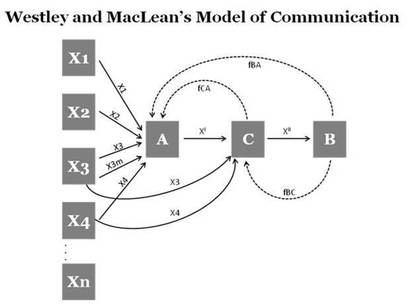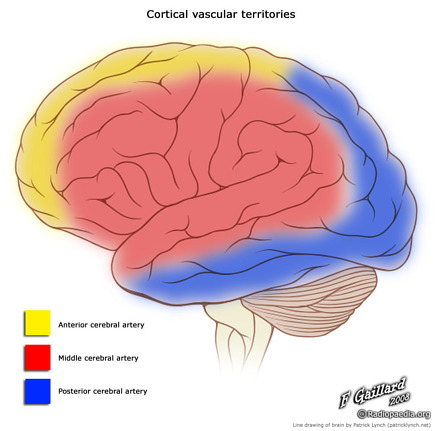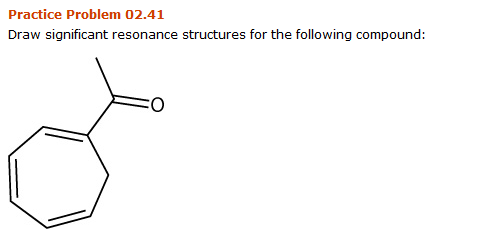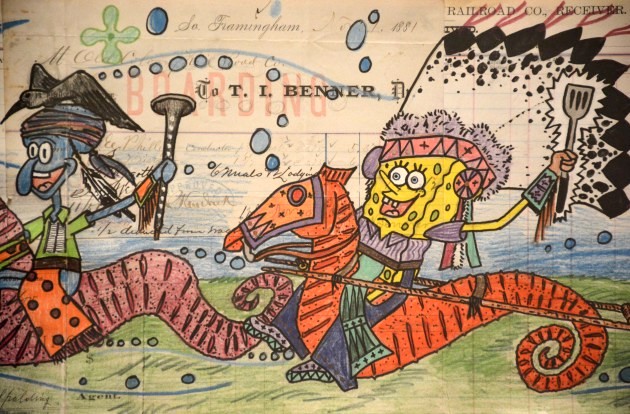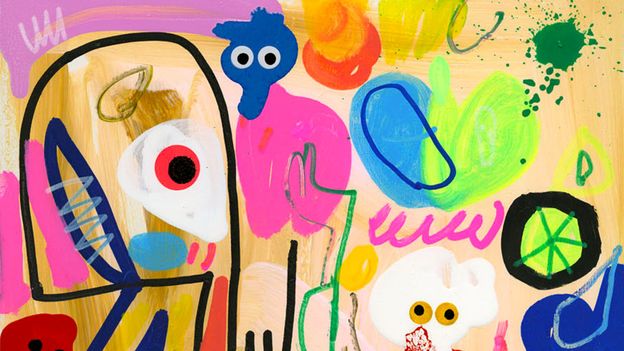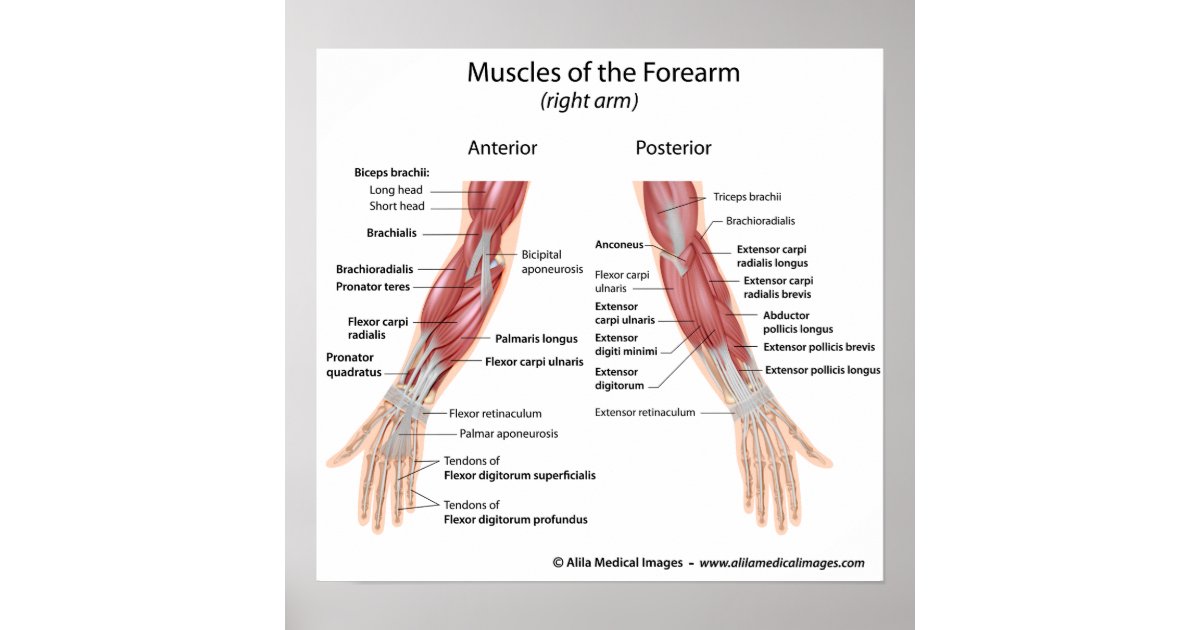We plant tiny seedlings in both A and B troughs. Adjacent to the seedling put a porous pot.

Design An Experiment To Demonstrate Hydrotropism Science Shaalaa Com
The process of hydrotropism can be observed with the help of a simple experiment.
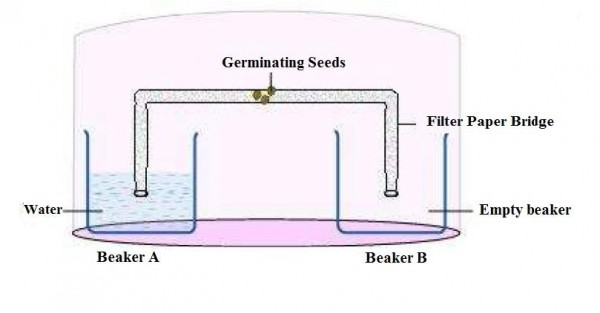
. Now make a cylindrical-shaped roll from a filter paper and keep it as a bridge between beaker A and beaker B as shown in the figure. To design the. The tray should be big enough to accommodate the porous pot.
Here is an experiment that is performed to observe the growth of plants when water is present. We will place water-soaked seed in a plastic container filled with soil. Design an experiment to demonstrate this phenomenon.
Experiment to demonstrate the hydrotropism- We take two glass troughs A and B filled them with soil. Adjacent to the seedling put a porous pot containing water. Design an experiment to demonstrate hydrotropism.
Plant a seedling in a vessel containing soil. Now cover the entire set-up with a transparent plastic container so that the. HEY MATE HERE IS YOUR ANSWER.
Take two small beakers and label them as A and B. Plant a seedling in a vessel containing soil. What is hydrotropism design an experiment to demonstrate this phenomenon.
Design an experiment to demonstrate hydrotropism. Seeds of bean a deep tray sand a porous flower pot. SaralStudy helps in prepare for NCERT CBSE solutions for Class 10th science.
Now put some geminating seeds in it. On examining the roots it is observed that the roots bend towards the source of water and do not grow straight. Take a cubical transparent glass container and fill it with water.
Hydrotropism is the growth movement of plant towards waterExperiment to show hydrotropism in plants. Now cover the entire set-up with a transparent plastic container so that the moisture is retained. In beaker 1 add moist soil and sow the seeds.
To demonstrate hydrotropism in plants. But in trough B we also put a small clay pot inside the soil. Growth movements in response to the stimulus of.
Leave the set up for few days. To demonstrate hydrotropism in plants. After one or two days you will observe that the roots of all the geminating seeds will grow towards the water.
Also place a small beaker of water just adjacent to it. Was last updated on 19th March 2022. Design an experiment to demonstrate hydrotropism - Studdy Plant Tropisms - Phototropism Thigmotropism and More Hydrotropism.
Fill the tray with sand and insert some seeds in it. Design an experiment to demonstrate hydrotropism. To demonstrate hydrotropism we will take an example of germinating seeds as they are small and have a very high growth rate.
Let us try to understand the process of hydrotropism by a simple experiment. Hydrotropism is the process of movement of part of the plant roots towards the water. Thus hydrotropism is response of plants towards water.
First of all we have to take moist soil in beaker 1 and in. Make a pit in the sand and insert the porous pot in it. Experiment to demonstrate hydrotropism in plants is.
Leave the set up. Attach few germinating seeds in the middle of the filter paper bridge. We have Provided the NCERTCBSE Solutions chapter-wise for Class 10 Science Chapter 7 Control and Coordination with Answers by expert subject teacher for latest syllabus and examination.
Plant a tiny seedling in both of them. Take two beakers 1 and 2. Design an experiment to demonstrate hydrotropism.
To demonstrate hydrotropism in plants. Following things are required for this experiment. Take two glass troughs and label them 1 and 2.
Leave the set up for few days. As in the presence of water the growth of roots is straight but in the absence of water. Plant a seedling in a vessel containing soil.
Adjacent to the seedling put a porous pot containing water. Fill beaker A with water. The result It confirms from the experiment that parts of plant show hydrotropism as the root of plants bend towards the.
We can take any of the grain like moong chana wheat etc. E3radg8 and 155 more users found this answer helpful. Download Free solutions of NCERT science Class 10th from SaralStudy.
Control and coordination in plants class 10 notes control and coordination in plants ppt control and coordination in. Adjacent to the seedling put a porous pot containing water. Plant a seedling in a vessel containing soil.
Take two small beakers and label them as A and B. To demonstrate hydrotropism in plants. Home NCERT Solution Class 10 Science Control and Coordination design an experiment to demonstrate hydrotropism.
Design an experiment to. Plant a seedling in a vessel containing soil. On examining the roots of seedlings it is observed that the roots bend towards the source of water and do not grow straight.
In beaker 2 add dry soil in one part and moist soil in another part and sow the seeds. To demonstrate hydrotropism in plants. The experiment will help to understand the whole process of plant movement that occurs in presence of any water source.
Attach few germinating seeds in the middle of the filter paper bridge. Adjacent to the seedling put a porous pot containing water. Hydrotropism is a plant growth response in which the direction of growth is determined by a stimulus gradient in water concentration a common example is a plant root growing in humid air bending towards higher relative humidity level.
Now make a cylindrical-shaped roll from a filter paper and keep it as a bridge between beaker A and beaker B as shown in the figure. Water the soil in though A daily. Adjacent to the seedling put a porous pot containing water.
For the experiment we will need to have two beakers soil plant seeds and water. Plant a seedling in a vessel containing soil. Here we will put water in a small pit away from the seed.
Experiment and explanation. Fill beaker A with water. Leave the set up for few days.
11 rows Experiment to demonstrate hydrotropism.
